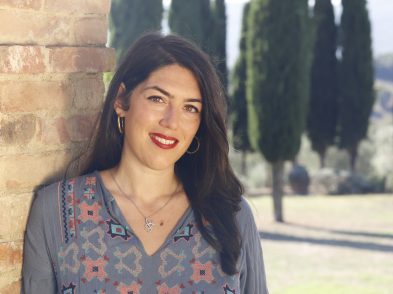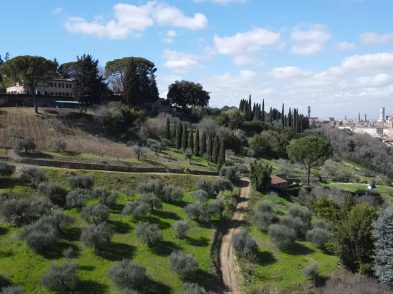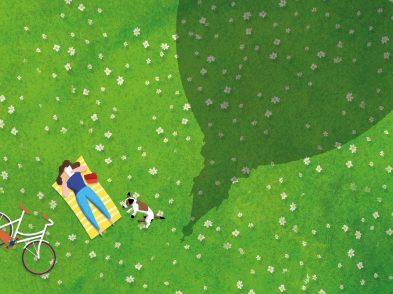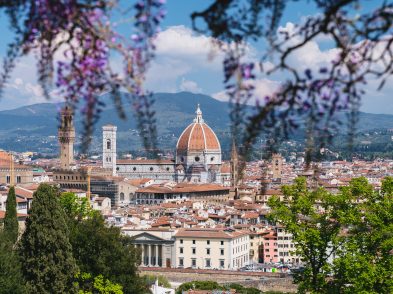An entire city block is about to come back to life, although it won’t all happen at once. I’ve always had a soft spot for Sant’Orsola, the 14th-century monastery near San Lorenzo market where Lisa Gherardini, supposedly Leonardo da Vinci’s Mona Lisa, is believed to have been buried. Back in 2014, the former religious complex enticed the curious, including The Florentine, into the derelict interior for a mind-boggling three-day art pop-up. Bear in mind that the sprawling space stretches about 5,000 square metres above the ground and a massive 17,000 square metres across three subterranean levels. Then in 2017, Czech artist Vaclav Pisvejc (the man who, out of protest, spray painted a sculptural lion in piazza della Signoria in Ukrainian colours last year) hand-crafted a neon light installation that spelled out the name of the monastery in the shape of musical notes (at the time it was thought that Andrea Bocelli was interested in turning part of Sant’Orsola into his academy). His aim was to rescue the space from oblivion. In the end, it was a French company that stepped up as the saviour of Sant’Orsola.
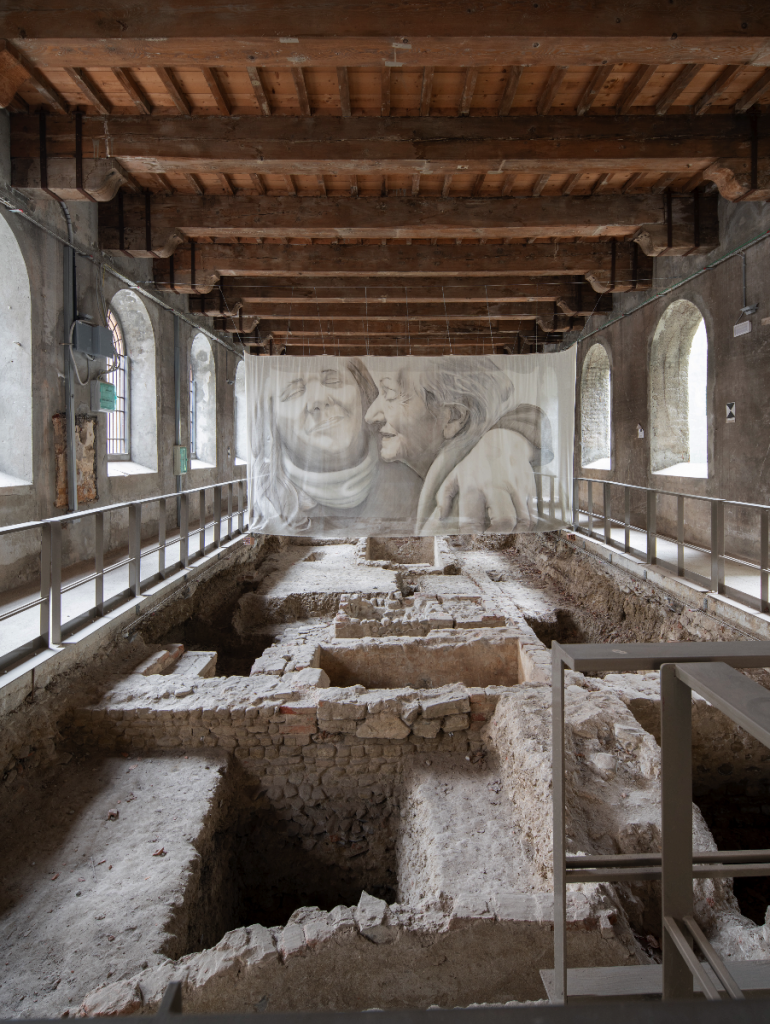
An image from the temporary Beyond the Walls of Sant’Orsola show
In January 2021 came the exciting news that Artea had presented plans to turn the long-derelict space into a thriving community centre. Forty years of neglect had ensued after the finance police were about to set up headquarters on the premises, but the move failed to happen. Officially announced by the CEO of Artea, Philippe Baudry, and the Mayor of Florence, Dario Nardella, the proposal includes an art and design school, restaurants and cafes, artisans’ and artists’ workshops, accommodation, co-working spaces, and a museum. This is no pipe dream as Artea has masterminded similar community-centric redevelopments in Lille and Luxembourg. At the press conference held in 2021, Mayor Nardella explained, “This is a way of kickstarting the entire neighbourhood, mending the relationship between Sant’Orsola and all of the San Lorenzo surroundings.”
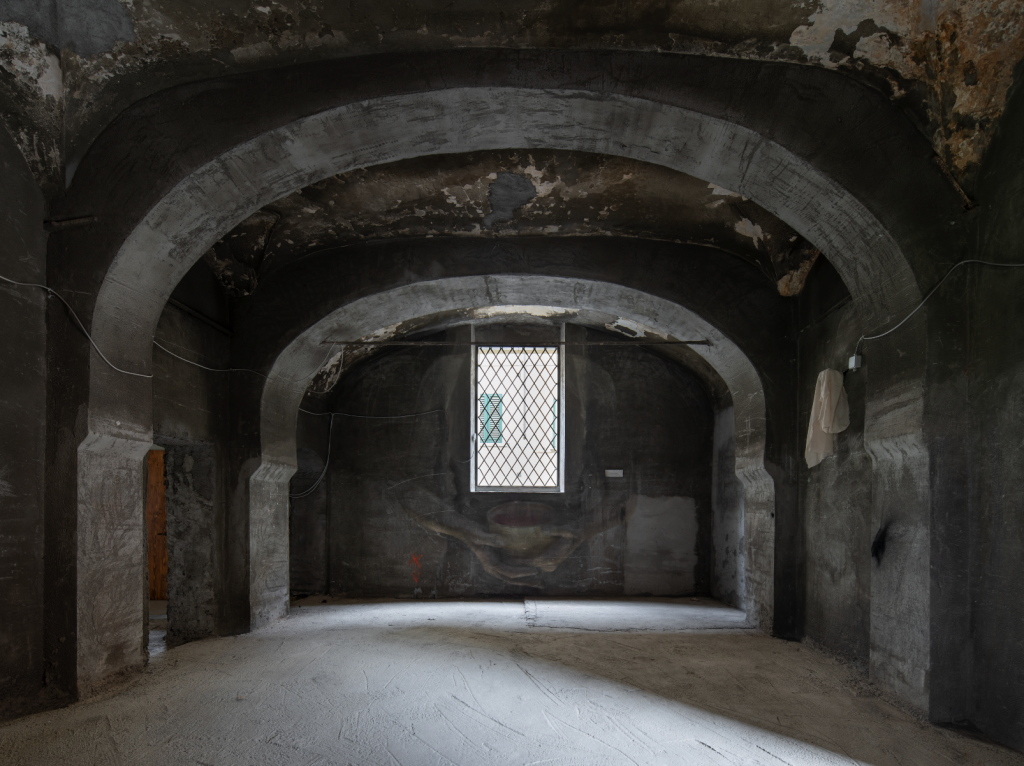
A space at the future Sant’Orsola Museum
Now we are about to see the initial stages of that “mending” come to fruition. From June 1 to July 2, a section will open for free guided tours of the inaugural exhibition Beyond the Walls of Sant’Orsola. It is the first in a series of temporary shows ahead of what is expected to become Sant’Orsola museum (due to open in 2025), which will be organized by Storia, the art arm of Artea. Storia will shortly set up a non-profit organization, which will have the dual purpose of preserving the memory of the place and promoting contemporary artistic creation, inviting established and emerging artists to dialogue with the traces of its past.
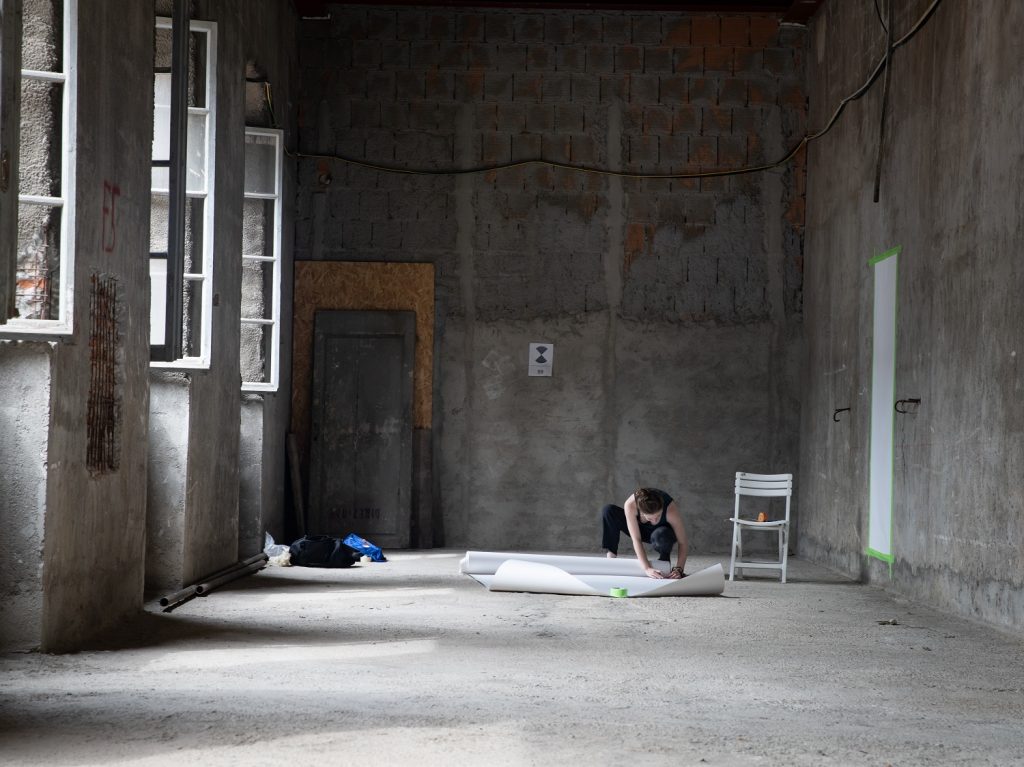
The show, curated by Morgane Lucquet Laforgue under the patronage of the Metropolitan City of Florence, will occupy four spaces—two inner churches, the apothecary shop and the cloister—and present the works of two contemporary artists: Sophia Kisielewska-Dunbar, born in London in 1990 and the first artist-in-residence at Sant’Orsola, and Alberto Ruce, a Sicilian urban artist living in Marseille. Both have created original works of art inspired by the history of the place and elements of its present.
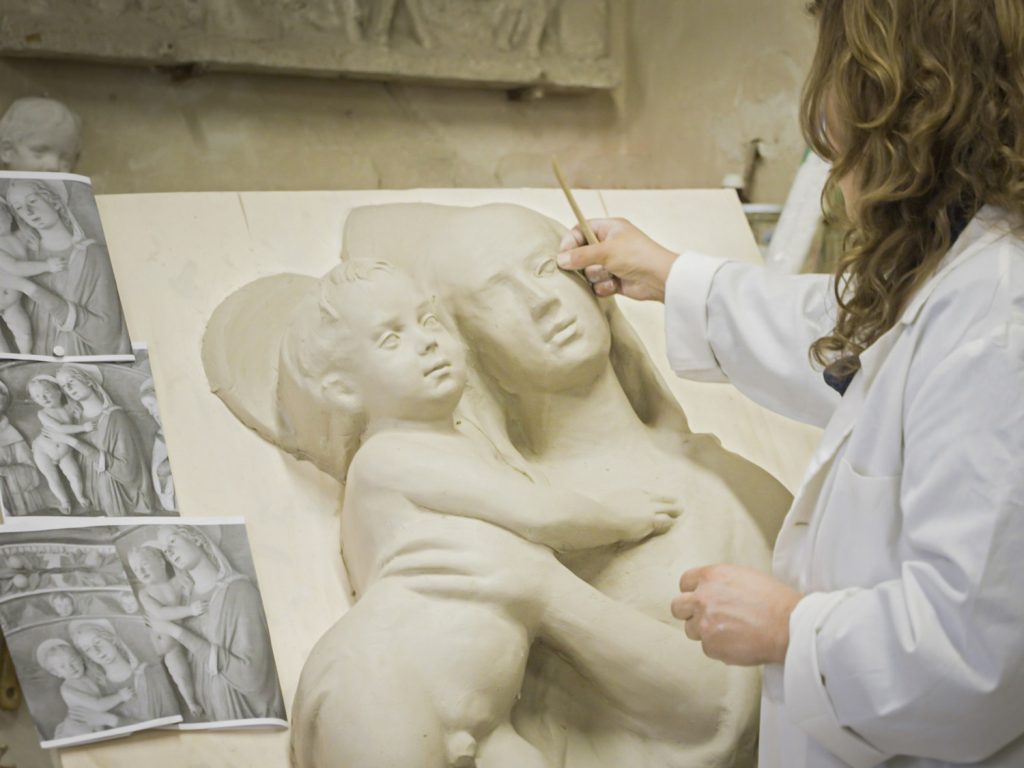
Ruce involved some local women, stressing the urgency of going “beyond the walls” of Sant’Orsola, so that the community could once again experience the spaces. From this participatory standpoint, the future museum is already striving to have active partnership with local authorities and Florentine associations, as well as with schools and academies. The exhibition will display the results of the workshops undertaken in preparation for the exhibition, featuring students pursuing a Master’s in Design at Accademia Italiana and in Communication at IED – European Institute of Design. The exhibit will also reveal a preview of the glazed terracotta lunette that once stood above the entrance door to the convent, which has been expertly replicated by three professors at the Liceo Artistico Statale di Porta Romana art high school.
At the last count, Artea is investing 31.5 million euro in the urban renewal project and work is expected to be completed by 2025.


